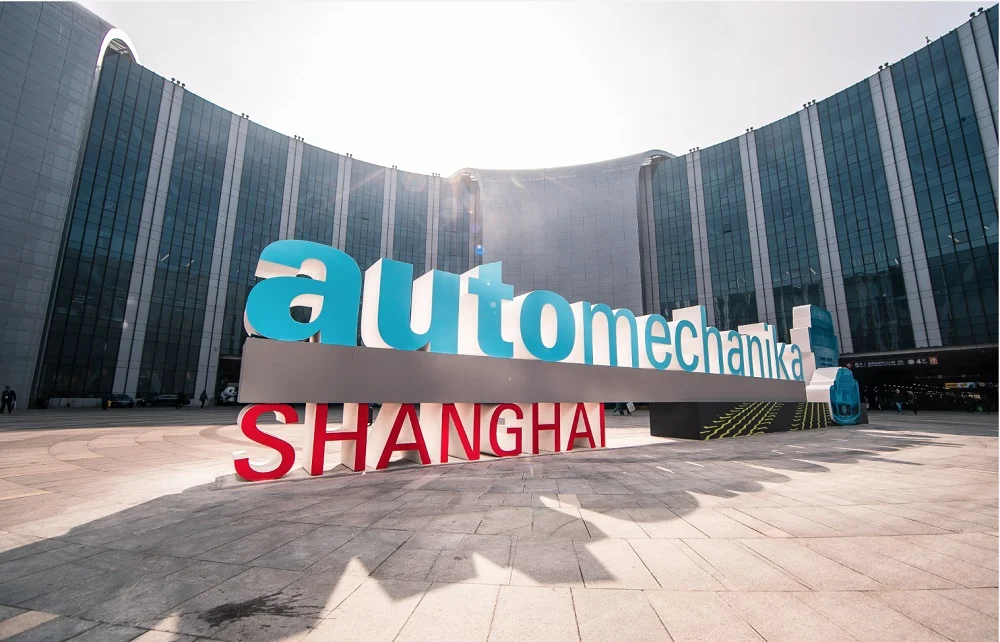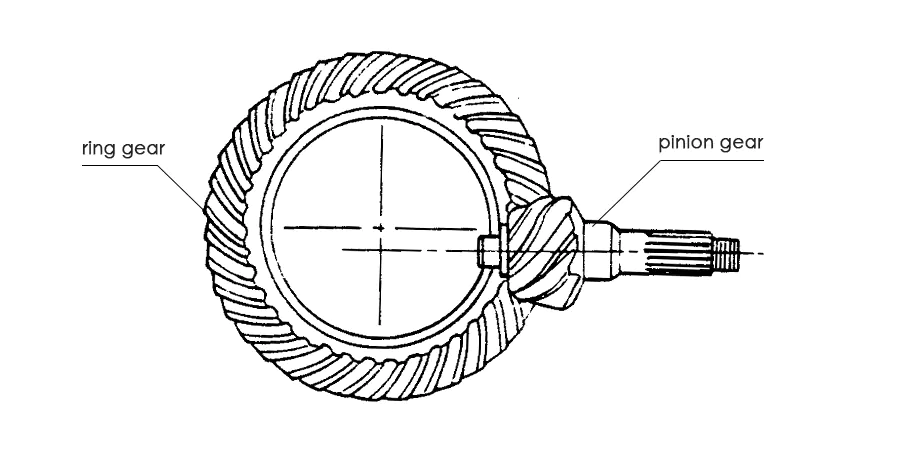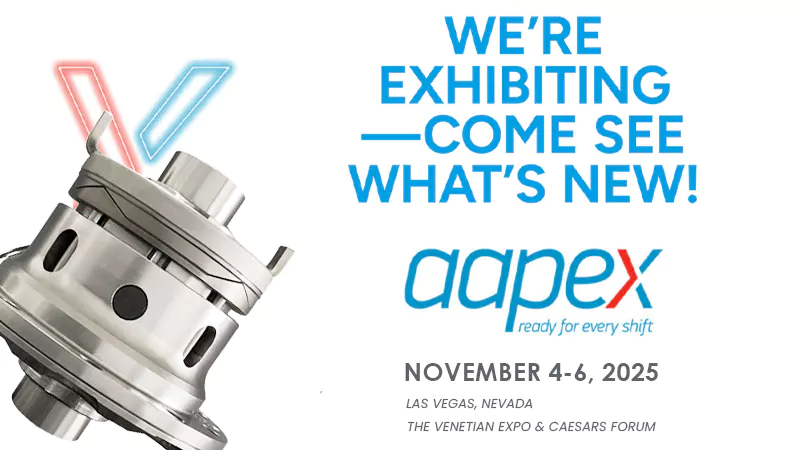Ring and pinion gears are essential components in any automotive differential. They are responsible for transmitting power from the driveshaft to the wheels while controlling the final drive ratio, which directly affects a vehicle’s performance, efficiency, and handling. While many off-the-shelf options are available, there are situations where customizing your ring and pinion gears is the best choice. This article explores why you might need custom gears, whether customizing is necessary for your setup, and the step-by-step process to achieve the best results.

Why Customize Ring and Pinion Gears?
1. Optimize Performance for Specific Applications
One of the primary reasons to customize ring and pinion gears is to optimize performance for a specific application. Off-the-shelf gears are manufactured to suit a wide range of vehicles and driving conditions, which can lead to compromises in efficiency or performance. By customizing the gear ratio, material, or tooth pattern, you can tailor the differential to deliver optimal torque, acceleration, or top speed for your vehicle’s intended use.
For example, a vehicle intended for off-road use may benefit from a lower gear ratio to improve torque and climbing ability, while a track-focused car may need a higher ratio for faster acceleration and optimal engine power delivery. Custom gears allow you to fine-tune performance beyond standard options.
2. Correct Compatibility and Fit Issues
Not all vehicles or differential setups conform perfectly to factory specifications, especially in older or heavily modified vehicles. Custom ring and pinion gears ensure precise fitment within the differential housing, avoiding issues like gear misalignment, excessive backlash, or uneven wear. This is particularly important when upgrading other drivetrain components, such as axles, limited-slip differentials, or differential lockers, as changes in these components can alter gear geometry requirements.
3. Improve Durability and Longevity
Standard gears may not always withstand extreme conditions, such as high-torque engines, heavy loads, or aggressive off-road driving. Custom gears allow the use of specialized materials, heat treatment processes, and tooth profiles designed to endure higher stress. This enhances durability, reduces noise and vibration, and minimizes the risk of premature failure, especially in demanding applications like racing or heavy-duty trucks.
4. Achieve Specific Gear Ratios
Another common reason to customize ring and pinion gears is to achieve a specific gear ratio not offered by manufacturers. Certain ratios may improve fuel efficiency, towing capability, or acceleration characteristics. Custom gear ratios also allow enthusiasts to match engine output with tire size, especially in vehicles that have undergone suspension lifts or wheel upgrades, ensuring the drivetrain operates efficiently without overloading the engine.
Do You Need Custom Ring and Pinion Gears?
Deciding whether custom ring and pinion gears are necessary depends on your vehicle, driving goals, and existing setup.
1. Assess Your Current Setup
Start by evaluating your vehicle’s current differential, gear ratios, and overall drivetrain configuration. Standard gears are often sufficient for daily driving, light towing, or stock-performance vehicles. However, if you notice limitations such as reduced acceleration, engine strain, or excessive wheel spin under load, your current setup may benefit from customization.
2. Identify Your Driving Goals
Consider how you intend to use the vehicle. Are you focused on off-road adventures, towing heavy trailers, track performance, or everyday commuting? The driving scenario greatly influences whether standard gears can meet your needs. Off-road vehicles, for example, often require lower ratios to maximize torque at low speeds, while track or drag racing cars benefit from higher ratios for better acceleration.
3. Factor in Modifications
Any modifications to the engine, transmission, suspension, or wheel/tire setup can alter the optimal gear ratio for your vehicle. If you have upgraded your engine for higher torque or installed larger tires, factory ring and pinion gears may no longer be appropriate. Custom gears ensure the drivetrain remains balanced, preventing premature wear and maintaining smooth power delivery.
4. Evaluate Cost vs. Benefit
Custom ring and pinion gears are typically more expensive than off-the-shelf options. Therefore, it’s essential to weigh the performance and durability benefits against the cost. For enthusiasts who demand specific performance characteristics or for vehicles that undergo extreme conditions, the investment often justifies itself through improved driving experience and reduced maintenance issues.
How to Customize Ring and Pinion Gears
Once you have determined the need for custom gears, the next step is understanding the customization process. Achieving high-quality results requires careful planning, precise measurements, and collaboration with experienced gear manufacturers.
1. Define Your Goals
Begin by clearly defining your objectives. Determine whether you are aiming for better acceleration, torque, fuel efficiency, durability, or a combination of these factors. Document your vehicle specifications, including engine output, transmission type, axle ratio, tire size, and intended driving conditions. This information will guide the gear customization process.
2. Select Gear Ratio
Choose the optimal gear ratio based on your goals and vehicle setup. Gear ratio directly impacts performance, so it’s crucial to select one that balances power delivery, engine RPM, and drivetrain stress. Calculating the ideal ratio involves considering tire diameter, engine torque curve, and desired vehicle speed at specific RPMs. Gear specialists can provide guidance using formulas and simulation tools to match ratios with your objectives.
3. Choose Materials and Heat Treatment
The material of the ring and pinion gears significantly affects strength, wear resistance, and noise characteristics. Common options include alloy steel, chromoly steel, and other high-strength materials. Custom gears often undergo precision heat treatment processes, such as carburizing, quenching, and tempering, to enhance durability. Selecting the appropriate material and treatment ensures the gears can handle the stresses imposed by your engine and driving style.
4. Determine Tooth Design and Precision
Tooth profile and precision machining are critical for smooth operation. Custom gear manufacturers can design teeth with specific shapes, backlash settings, and contact patterns to optimize efficiency and reduce noise or vibration. Advanced measurement tools, such as coordinate measuring machines (CMM), ensure the gears are manufactured to exact specifications.
5. Consider Coatings and Surface Treatments
Some custom gears include surface treatments or coatings to reduce friction, enhance wear resistance, or provide corrosion protection. These treatments, such as phosphate coating, nitride treatment, or specialized lubricants, improve gear life and reliability, particularly in extreme conditions like off-road driving or racing.
6. Professional Consultation and Manufacturing
When it comes to manufacturing custom ring and pinion gears, partnering with a reliable and experienced supplier is crucial. XJX Parts, a professional factory specializing in automotive drivetrain components, offers comprehensive customization services. Whether you need a specific gear ratio, unique dimensions, or even custom colors for your ring and pinion gears, XJX Parts can accommodate these requirements.
By providing your vehicle specifications, intended use, and performance goals, XJX Parts can design and produce gears that perfectly match your needs. Their in-house manufacturing ensures precise machining, accurate tooth patterns, and consistent quality. Working directly with a factory like XJX Parts eliminates unnecessary intermediaries, reducing lead time and ensuring that the final product meets your expectations.
7. Installation and Break-In
Once your custom gears from XJX Parts are ready, professional installation is essential. Before leaving the factory, all gears undergo precise pairing and inspection to ensure perfect meshing and smooth operation. Proper setup, including correct backlash and pinion depth, ensures optimal performance and longevity. After installation, following the recommended break-in procedure allows the gears to seat properly and reduces the risk of premature wear. With XJX Parts’ support, you can be confident that your custom ring and pinion gears are manufactured to high standards and ready for reliable operation.

8. Maintenance and Inspection
Even with custom gears, regular maintenance is important. Inspect gear oil for contamination or metal particles, verify torque settings, and monitor gear wear patterns. Proper lubrication and periodic checks ensure your customized gears maintain performance and reliability over time.
Conclusion
Customizing ring and pinion gears is a valuable option for drivers seeking improved performance, durability, and efficiency tailored to their vehicle’s unique needs. Whether your goal is better off-road torque, enhanced towing capability, or precise performance on the track, understanding why, when, and how to customize these gears is essential for achieving optimal results. By carefully evaluating your vehicle, defining clear objectives, selecting the appropriate ratio and materials, and working with professional manufacturers, you can ensure your differential delivers the performance and reliability your driving demands.
If you are considering custom ring and pinion gears, XJX Gears offers factory-made solutions tailored to your specifications, including gear ratio, size, and color. Contact XJX Gears to create the perfect gears for your vehicle and driving needs.



